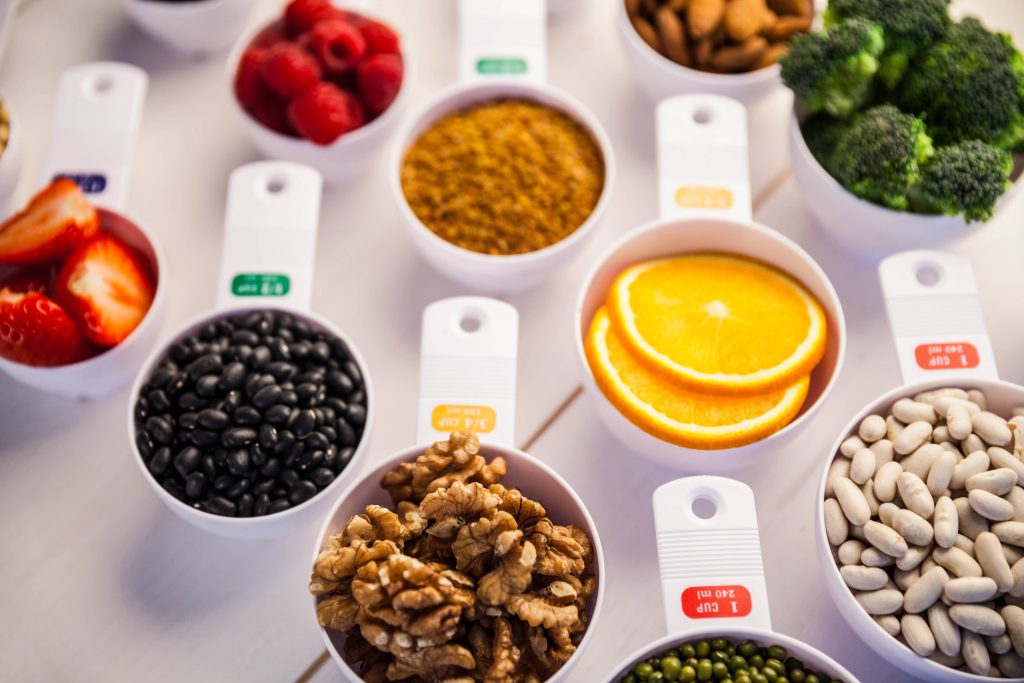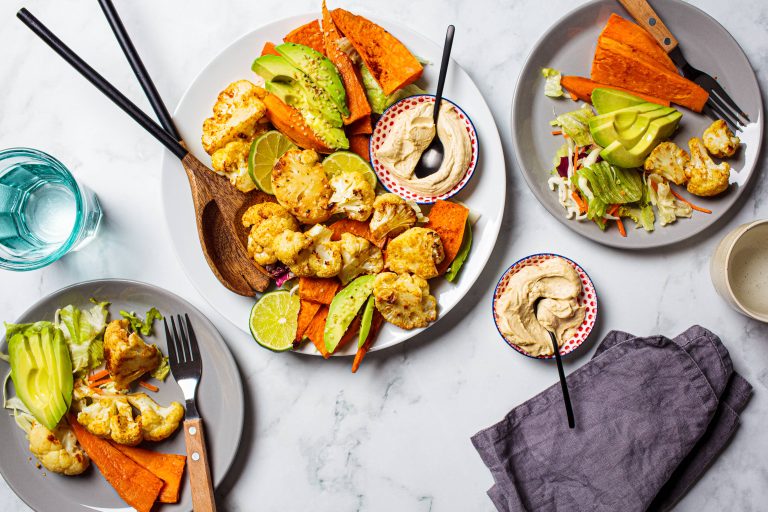
Whether you’re a seasoned athlete, a casual gym-goer, or someone diving into the world of fitness for the first time, one thing remains consistently important: nutrition. The meal you consume post-workout plays a vital role in how your body recovers, builds muscle, and replenishes lost energy. Crafting the perfect post-workout meal involves understanding the needs of your body and fueling it in a balanced and efficient manner. Let’s delve into the essential steps for crafting that all-important post-workout meal.
Step 1: Understand Your Body’s Needs
Post-exercise, your body is in a state of repair, aiming to replenish glycogen stores and repair and regrow muscle proteins. Thus, your meal should specifically aim to accomplish these two things. Furthermore, it’s essential to consider individual factors such as your fitness goals, workout intensity, and dietary preferences.
1. Carbohydrates: After a workout, your glycogen stores are depleted, especially after intense and prolonged exercise. Consuming carbohydrates is crucial to replenish these stores. The amount varies depending on the type and duration of your workout, but a rough guide is to aim for 1.0 to 1.2 grams of carbs per kilogram of body weight.
2. Protein: Proteins are the building blocks of muscle. Consuming protein after a workout aids in muscle repair and growth. A good target is 15-25 grams of protein for most people, but adjustments might be necessary based on your exercise intensity and body weight.
3. Fats: While fats should be a part of your diet, they don’t need to be prioritized immediately post-workout, as they don’t play a significant role in immediate recovery. However, including some healthy fats can enhance the nutrient density of your meal.
Step 2: Select High-Quality Ingredients
Now that we understand the macronutrient requirements, the next step is selecting the right ingredients to meet those needs. Focus on whole foods to maximize your health benefits.
– Carbohydrates: Opt for complex carbohydrates such as brown rice, quinoa, sweet potatoes, or whole-grain bread. These provide a steady release of energy and essential nutrients.
– Protein: Lean sources of protein like chicken breast, turkey, eggs, fish, tofu, or legumes are excellent options. They not only provide the necessary nutrients but also support overall health.
– Fats: Include moderate amounts of healthy fats from sources like avocados, nuts, seeds, or olive oil to your meal. They are necessary for long-term health and can make your meal more satisfying.
Step 3: Incorporate Micronutrients
While macronutrients steal the spotlight, micronutrients are equally important. Vitamins and minerals aid in recovery and reduce inflammation post-exercise.
– Leafy Greens: Rich in vitamins and minerals, they help reduce inflammation and support recovery.
– Fruits: Fruits like berries, bananas, or oranges not only provide vitamins and fibers but also add a natural sweetness to your meal.
– Seeds and Nuts: Besides being sources of healthy fats, seeds, and nuts like chia seeds or almonds are packed with essential micronutrients.
Step 4: Timing is Key
Timing your post-workout meal is crucial for optimal recovery. Aim to consume your meal within 45 minutes to 2 hours post-exercise. This timing helps your body effectively replenish glycogen stores and promote muscle repair. However, if this window isn’t feasible, consuming a smaller snack immediately after and having a full meal later can also work.
Step 5: Hydrate!
Don’t forget the importance of hydration. Exercise leads to fluid loss, and it’s vital to replenish these losses to maintain optimal bodily function.
– Water is always a great choice. Make sure you’re drinking enough to stay hydrated post-workout.
– Electrolytes can be beneficial, especially if your training session was long or performed in hot conditions. Coconut water or homemade electrolyte drinks can be a natural and effective way to restore balance.
Step 6: Customize According to Your Goals
Whether you’re aiming for weight loss, muscle gain, or simply maintaining your health, tailor your post-workout meal accordingly.
– For muscle gain, focus on higher protein with a balanced intake of carbs and fats.
– For weight loss, ensure adequate protein to maintain muscle mass, but consider lower calorie options and portion sizes.
– For general wellness, keep it balanced and nutritious to support overall health and fitness.
Step 7: Sample Meal Ideas
To put these steps into action, here are a few sample meal ideas:
1. Grilled Chicken with Quinoa and Broccoli Salad
– Grilled chicken breast served with quinoa, steamed broccoli, and a side of mixed greens drizzled with lemon juice and olive oil.
2. Salmon and Sweet Potato Bowl
– A fillet of baked salmon with roasted sweet potato wedges, spinach, and a sprinkle of chia seeds.
3. Tofu Stir-Fry
– A mix of tofu sautéed with bell peppers, snap peas, and carrots served over brown rice with a soy-ginger sauce.
4. Egg and Avocado Toast
– Whole-grain bread topped with mashed avocado and poached eggs, accompanied by a side of mixed berry salad.
Crafting the right post-workout meal can significantly enhance your recovery and performance. Remember, the key is understanding your body, opting for nutrient-dense foods, and maintaining a balanced approach tailored to your individual goals. By following these steps, you’re sure to maximize the benefits of all your hard work in the gym!










